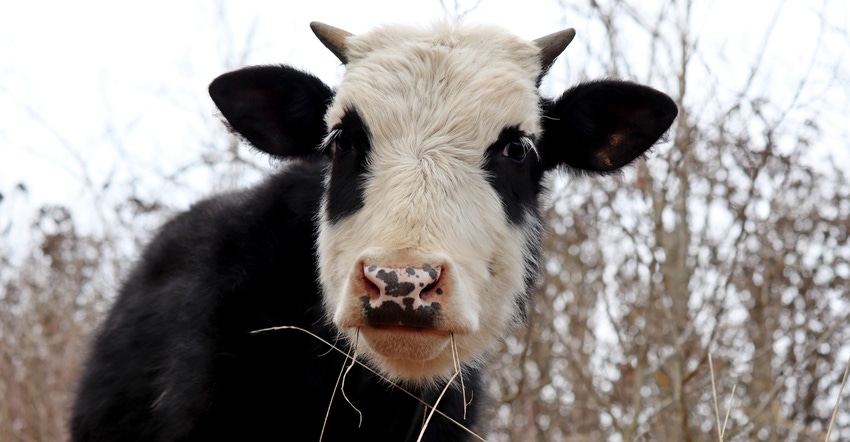Economics of dehorning calves
Keeping horns on cattle shows up in bruising and reduced prices at feedyards.
March 16, 2021

Dehorned calves affect not only the quality of the end product, but also the value of feeder cattle. While it may seem to be an easy part of the management process, dehorning calves is often overlooked.
Implementation of education related to added value has been positively received as current trends are dictating more cattle are coming to market without horns.
Two decades ago, the National Animal Health Monitoring System reported a 2.1% reduction in horned marketed cattle over the previous five years. To date, this trend continues with a reduction in the number of horned cattle marketed.
Value of hornless cattle
Data from the University of Arkansas shows 86% of that state's feeder cattle arrive to market hornless. The Arkansas data also showed a $4 per cwt. increase for polled cattle, whereas data from Kansas showed a $2.18 per cwt reduction for horned cattle.
In Missouri value-added sales, higher premiums are gained when dehorning requirements are met during preconditioning programs. This same research also shows that Missouri cattle producers receive higher premiums for polled versus dehorned cattle.
Implementation of polled genetics has played a large role in the reduction of horned cattle for northeast Missouri's cattle market.
However, as genetic improvement can also incorporate horned cattle for hybrid vigor, cattle with horns will always exist. There will constantly be cattle of unknown pedigree utilized for breeding. Therefore, horned genetics could be a possibility.
Problem with horns
The economic impacts of incorporating polled genetics and dehorning are many. Price docking for horned cattle exists to justify the loss of value. An evaluation of 16 packinghouses 15 years ago reported that 22.3% of cattle processed still had horns, falling short of the goal of 5%.
Horned cattle require more space in transit, the feed bunk and at the feedlot. They tend to be more aggressive and cause more injuries. This is not just relegated to feeder cattle. The price significance of horned versus non-horned cattle can add up during the duration of the animal's life span.
A National Non-Fed Beef Quality Audit disclosed a higher frequency of horns in cull cattle, including bulls, when compared to fed cattle. It also showed twice as many bruises in horned cattle when compared to hornless cattle. This equated to a $12 loss per head for each animal culled. Thus, even for replacement females, it pays to dehorn.
Price exchanges from purchaser to seller also see an impact on profits contributed to horned cattle.
Sold feeder calves requiring dehorning have shown a reduced rate of gain and an increase in sickness. Dehorning related to these calves typically comes at a time when cattle stress is high because of weaning, marketing and transportation. This increases costs for buyers as these losses must be spread across other purchases, thus reducing profits for producers.
Feedlot research shows cattle dehorned at least four weeks before shipping had a reduced rate of sickness and death.
Industry drives change
Cattle bruising creates a $10 million loss to the industry each year. Packing plants are forced to trim bruised carcasses and thus discard profits. This loss of product also contributes to less profit for beef producers.
Data has shown that polled cattle penned with horned cattle exhibit twice as much bruising. To compensate for this, most feedlots will either explicitly state no horns on buyer orders or require heavy docking for purchasing horned cattle. This in turn reduces profits for beef producers.
Morris is a MU Extension ag business specialist. He writes from Linneus, Mo.
You May Also Like



